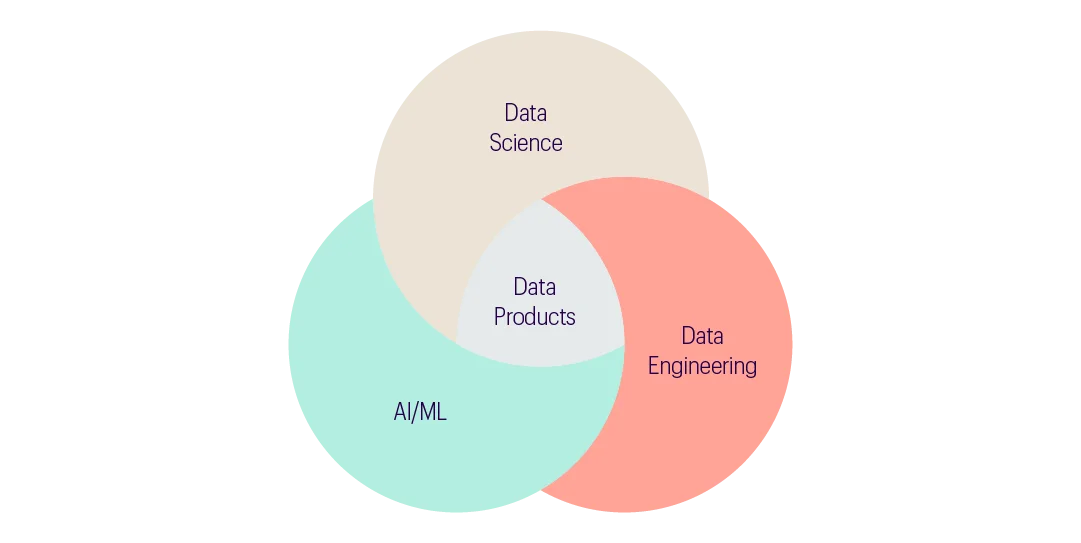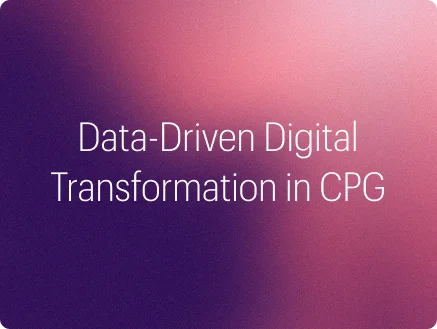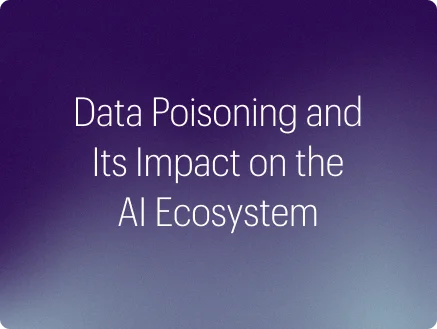The World Health Statistics 2022 report revealed stark inequality in COVID-19 vaccination coverage across countries—while 74% of people in high-income countries were vaccinated against the infection, the percentage drastically dropped to 13% for low-income countries [1] .
Data and statistics have often exposed the ground reality of events. The pandemic, in this case, revealed the countries’ readiness to provide healthcare access to their citizens. On a positive note, data became an essential asset for the healthcare and life sciences industry to formulate strategies for improving patient outcomes. For instance, a pharmaceutical company could determine the pricing and distribution of its drugs in different regions, or a hospital chain could expand to locations that most needed its services.
The pandemic sped up data generation across sectors and industries, akin to its impact on the healthcare industry. Data became more accessible and usable for businesses. But data alone could mean nothing. Analytics platforms and business intelligence tools emerged as data analyzers or processors to help organizations make sense of the data. As companies continued to adopt such data products, they found it easier to make informed decisions, identify patterns and trends, solve complex problems, and gain insights, leading them to innovate and progress.
Thus began a new chapter where businesses grew with the world of data products.
How are data products used?
Data products today have become integral to an organization’s data strategy. Statista predicts that enterprise software, a major data product supporting important business activities, will generate a global revenue of USD 271.8 billion by the end of 2023 [2]. It also expects that customer relationship management applications will be the largest sub-segment, followed by enterprise resource planning and business intelligence. Statista’s data gives us an idea of how organizations are using data products for their business. When we delve deeper, we realize that businesses across industries use different data products for different requirements. The following paragraphs illustrate examples of how companies use data products:
Post-digital transformation, many companies deployed platforms with analytical engines that process data from various sources. Dashboards display the analyzed data in the form of charts, graphs, and other visualization representations to help employees track their KPIs, such as trading stocks, the status of a manufacturing operation, the sales performance of a product/service, or the performance of a marketing campaign. [3]
Another popular use case is digital apps, which companies launch as consumer-facing interfaces. These mobile applications allow businesses to directly communicate with their customers —be it for selling products or services (e-commerce), delivering information (education), or enabling customer interaction (financial communication or after-sales service). Such direct interactions help companies streamline direct-to-customer operations and build trustworthy relationships.
Some companies also use specialized data processing tools to achieve specific outcomes. For example, O&G and energy operators leverage predictive analytics to schedule maintenance operations, retailers utilize sales and customer management platforms to ensure operational transparency, and data engineers use AI/ML models to analyze different data sets, among many others.
Is using multiple data products too much?
There is no limit to the number of data products a company can use. Depending on their industry, size, and business needs, organizations can deploy dozens or even hundreds of data products to support their operations and drive their business.
For instance, a small e-commerce startup may use a handful of data products to manage customer data, track sales, and analyze website traffic. In contrast, a large multinational corporation may use a complex ecosystem of data products to support functions such as supply chain management, customer relationship management, financial reporting, and marketing analytics.
Using multiple data products results in a company having to manage exponentially growing data generation. According to industry experts, one terabyte of data storage could cost a company USD 3,351 annually [4]. We can imagine how it would only continue to increase each year.
Even after buying extra storage space, inconsistencies and redundancies between different data sets would make information extraction harder. According to an article on challenges associated with data analytics, the inability to find information could cost the company about USD 2.5 million each year [5].
What is the way forward for leaders?
An effective mantra would be to choose a partner instead of a vendor. After all, we need close partnerships to solve problems. An open-minded partnership allows both parties to exchange ideas, brainstorm every issue, and identify the right issues. A thought leadership approach will enable more comprehensive problem resolutions; customized to the nature of business.
With data products, it is important to find the right partner that focuses on delivering cutting-edge data science, engineering, and AI/ML solutions. Innovations allow companies to stay ahead of their competition. With 85% of data products that were never adopted, it can become an opportunity for leaders who consciously look within their business as well as externally to understand the ecosystem levers. Only then, long-term success will be achievable.
Bibliography
1. Global Health, Observatory. “World Health Statistics.” World Health Organization, 2023. https://www.who.int/data/gho/publications/world-health-statistics.
2. Statista. “Enterprise Software – Worldwide: Statista Market Forecast.” Statista, 2023. https://www.statista.com/outlook/tmo/software/enterprise-software/worldwide.
3. Rigol, Xavier Gumara. “Data as a Product vs Data Products. What Are the Differences?” Medium, July 8, 2021. https://towardsdatascience.com/data-as-a-product-vs-data-products-what-are-the-differences-b43ddbb0f123.
4. Siddiqui, Asad. “Data Storage Costs: Three Key Steps to Better Manage Spend.” Best Enterprise Data Storage Software, Solutions, Vendors and Platforms, September 8, 2022. https://solutionsreview.com/data-storage/data-storage-costs-three-key-steps-to-better-manage-spend/.
5. CIO. “Episode 2: The Challenge of Data: Using Search to Accelerate Results That Matter.” CIO, September 7, 2022. https://www.cio.com/podcast/406383/episode-2-the-challenge-of-data-using-search-to-accelerate-results-that-matter.html.




